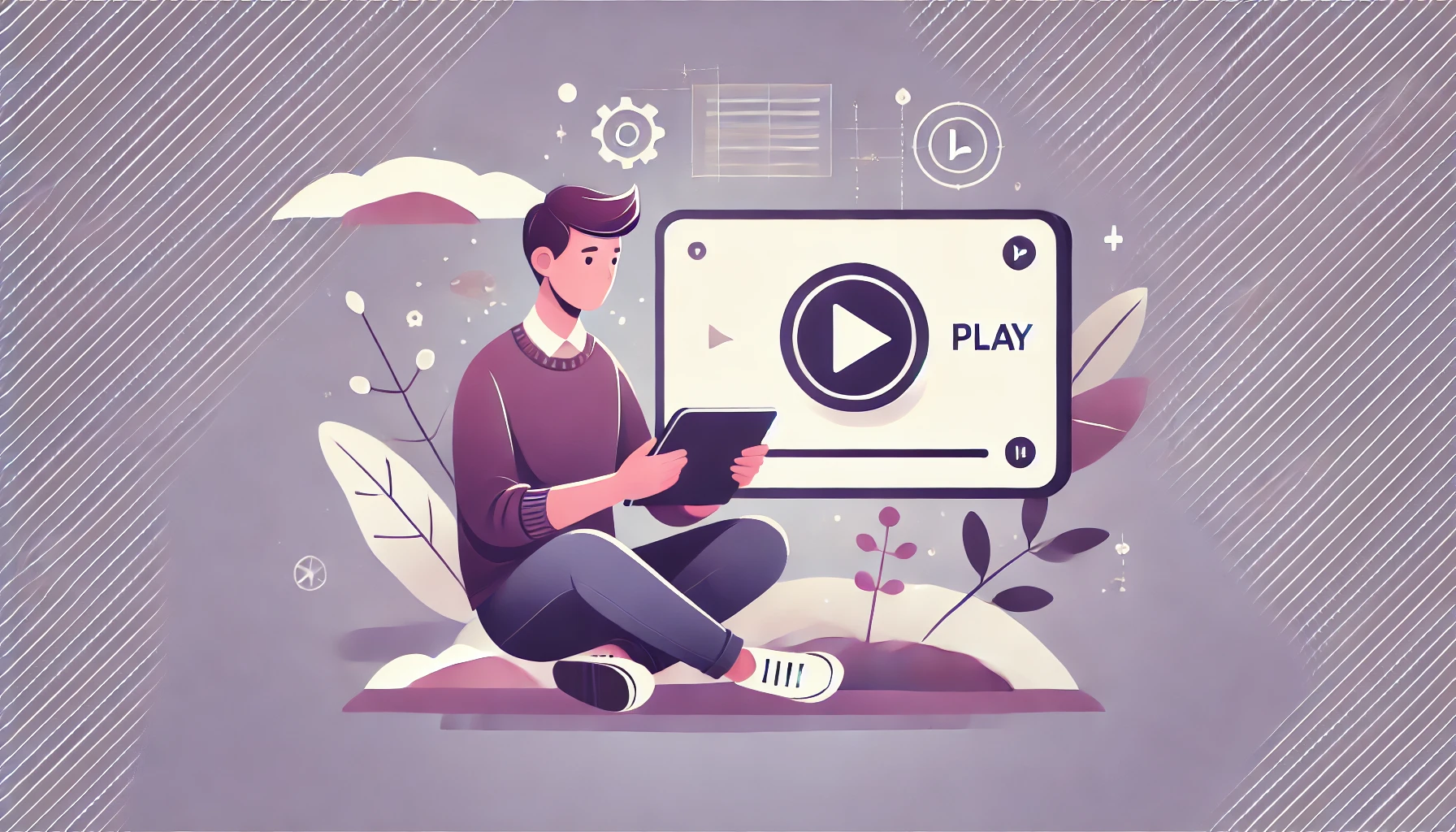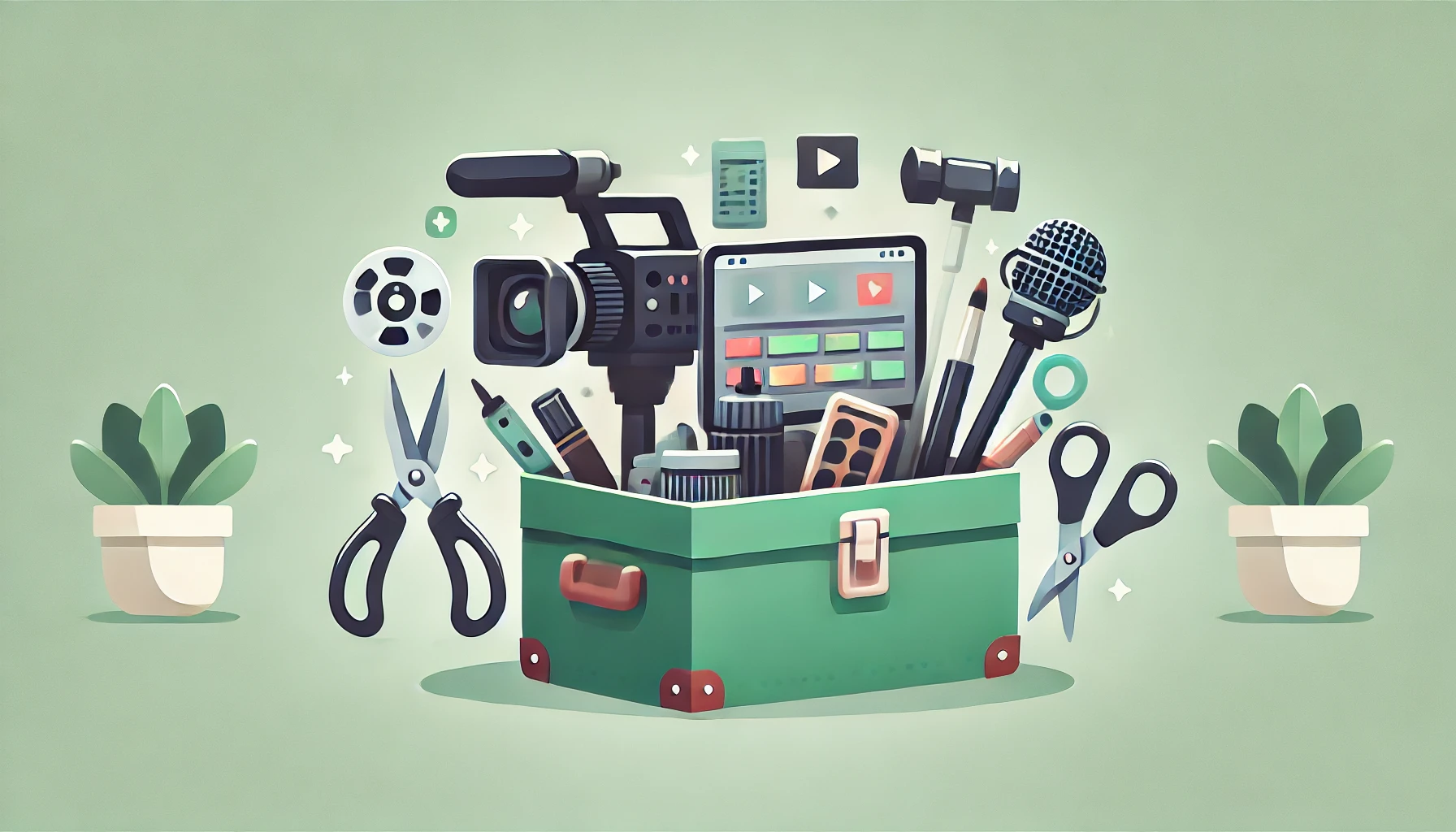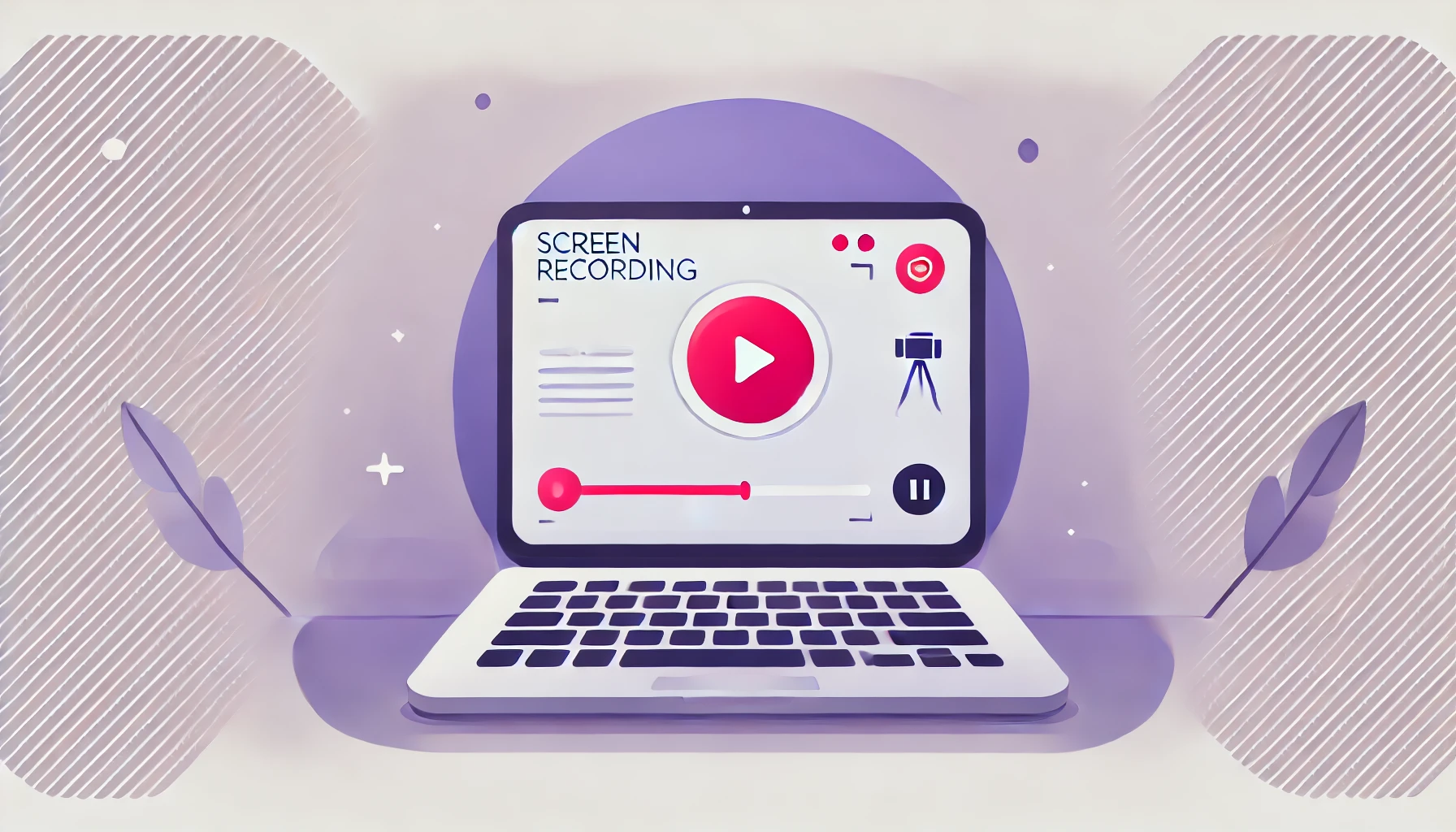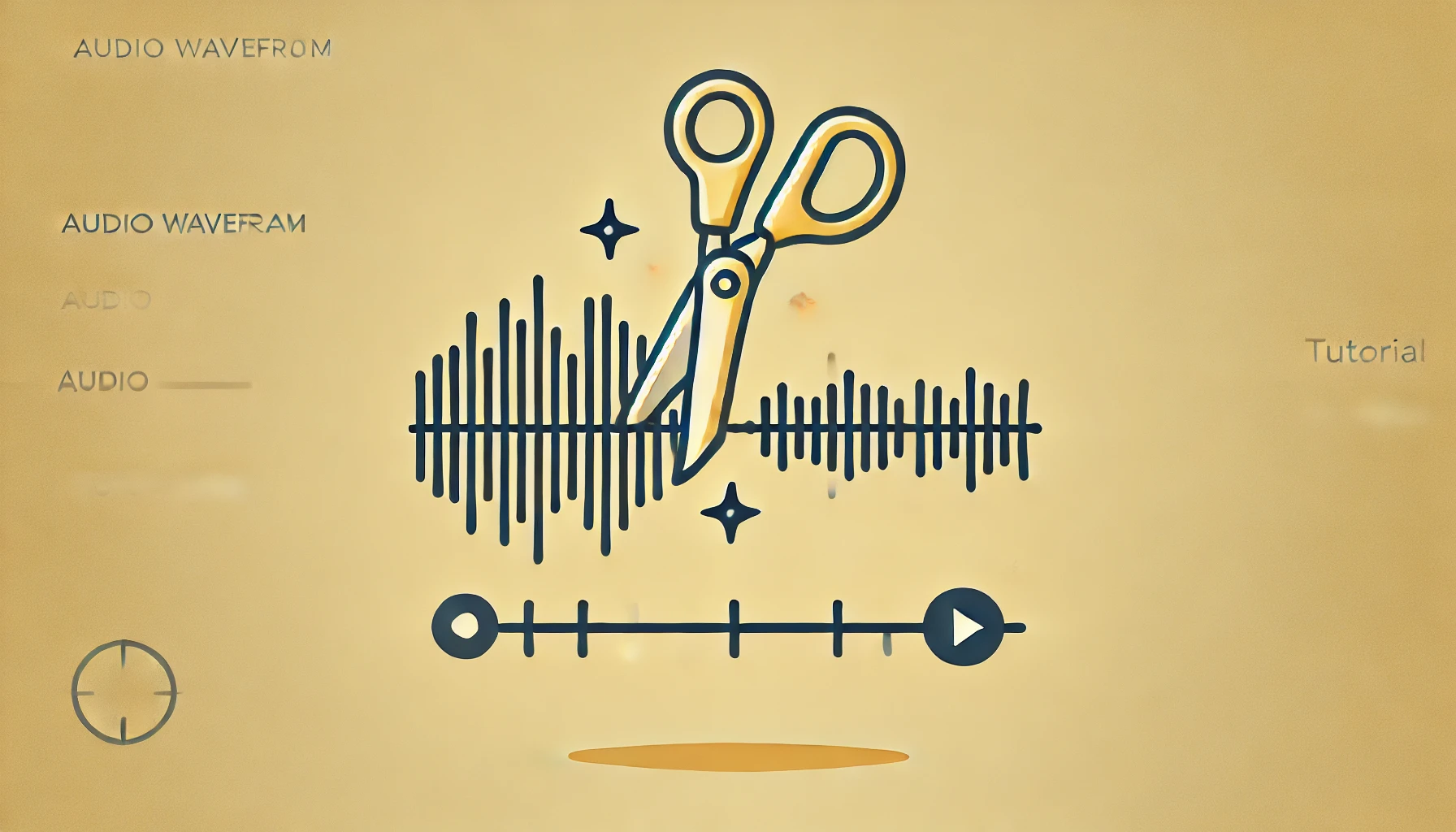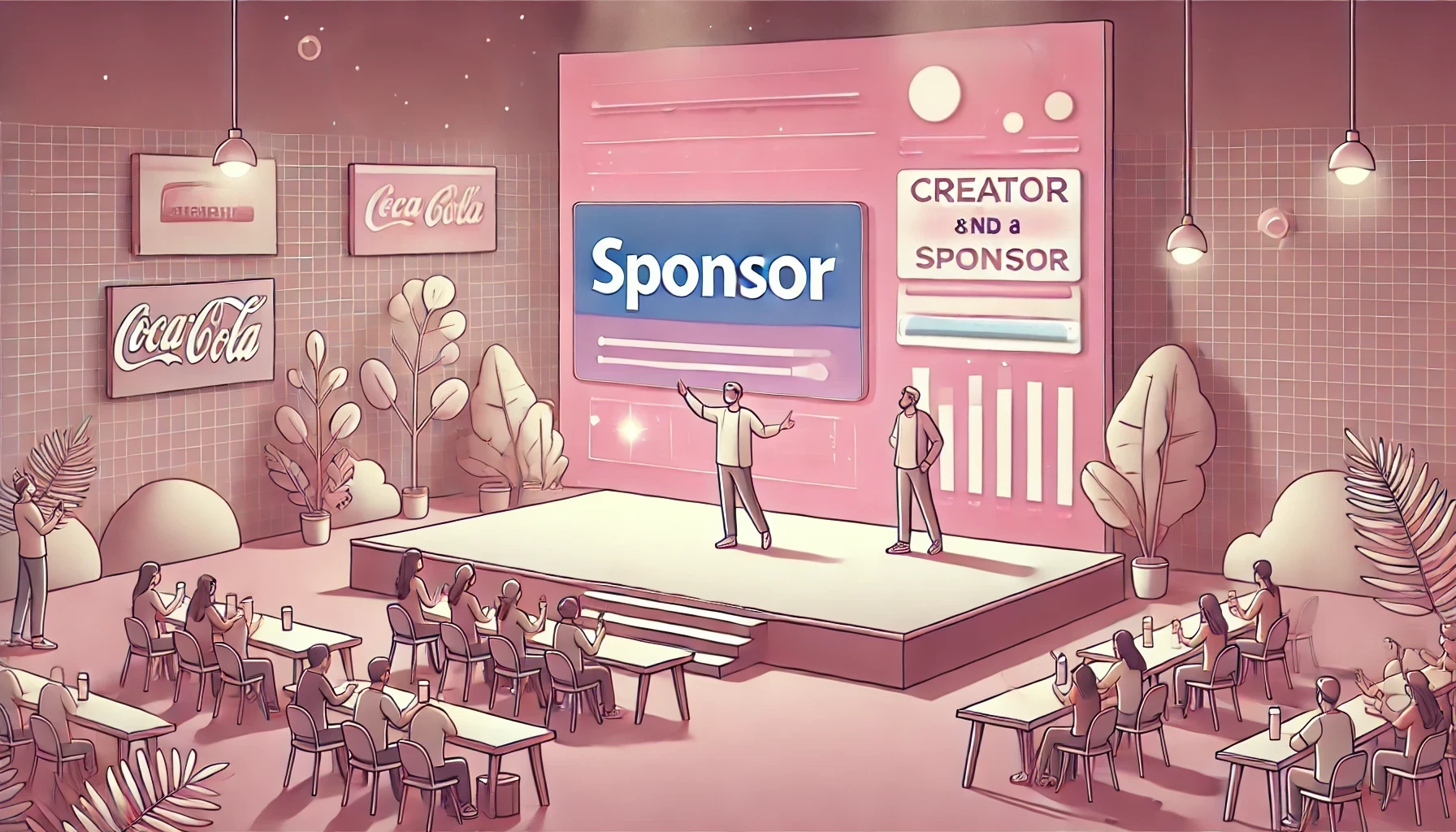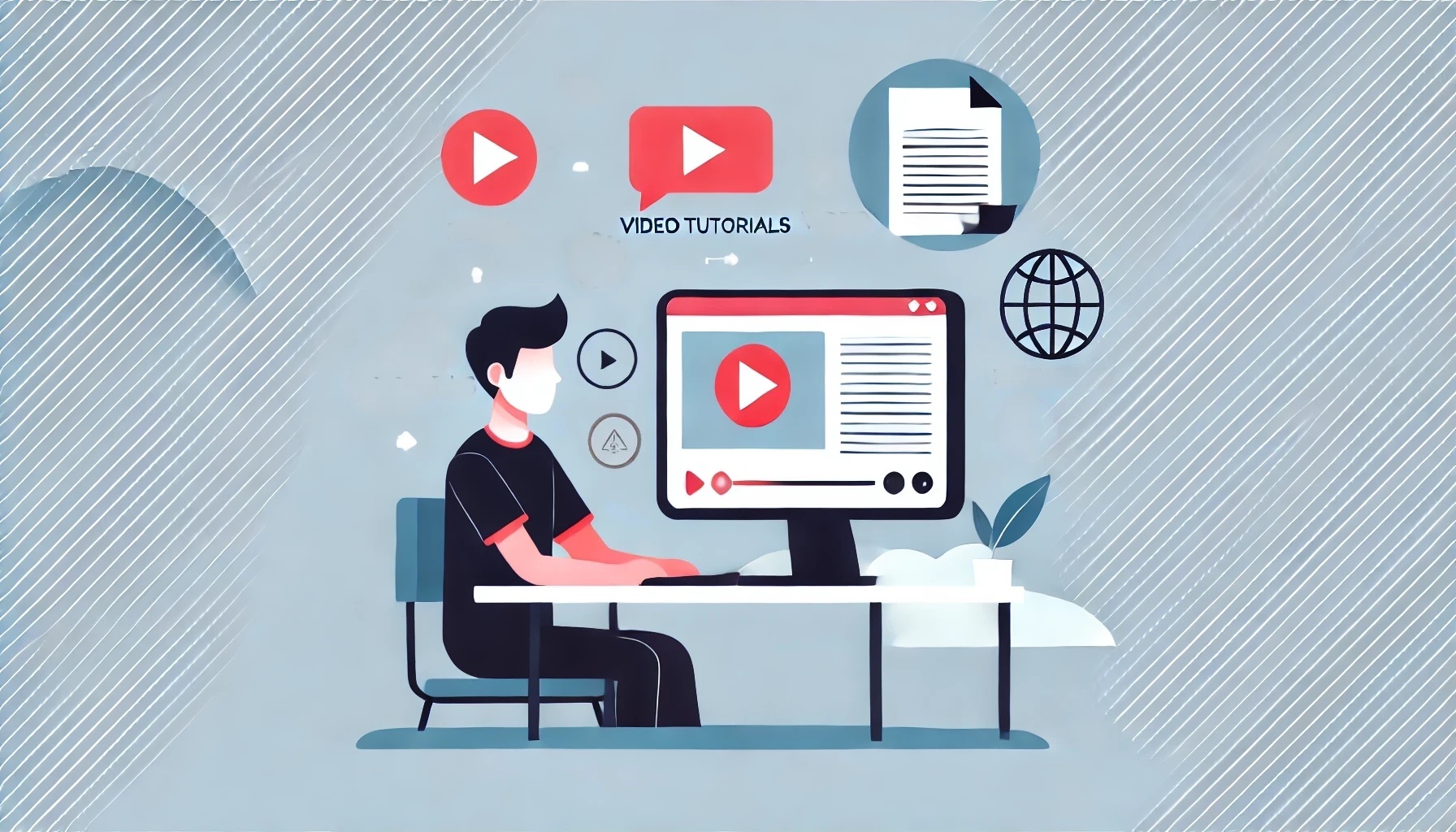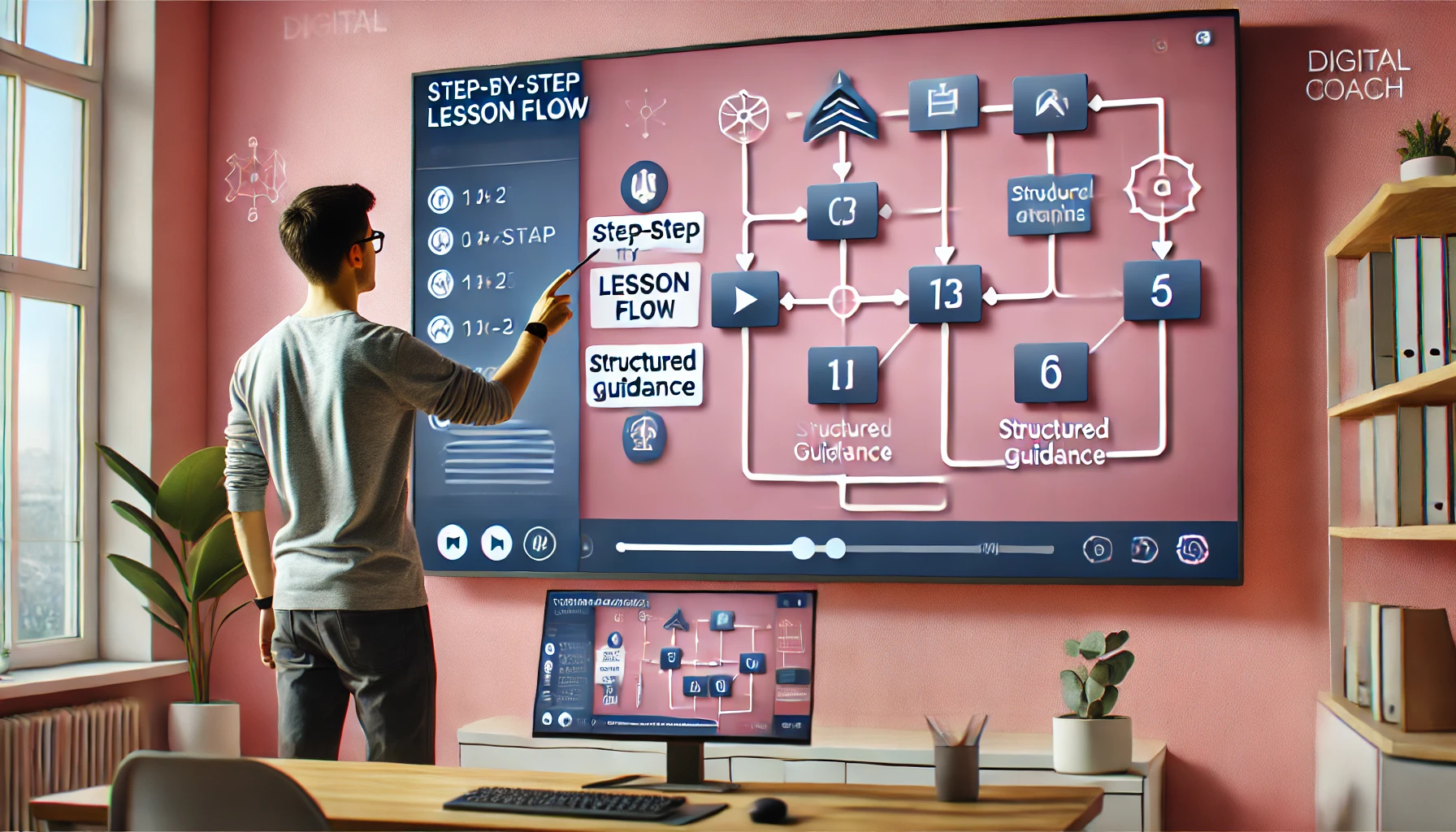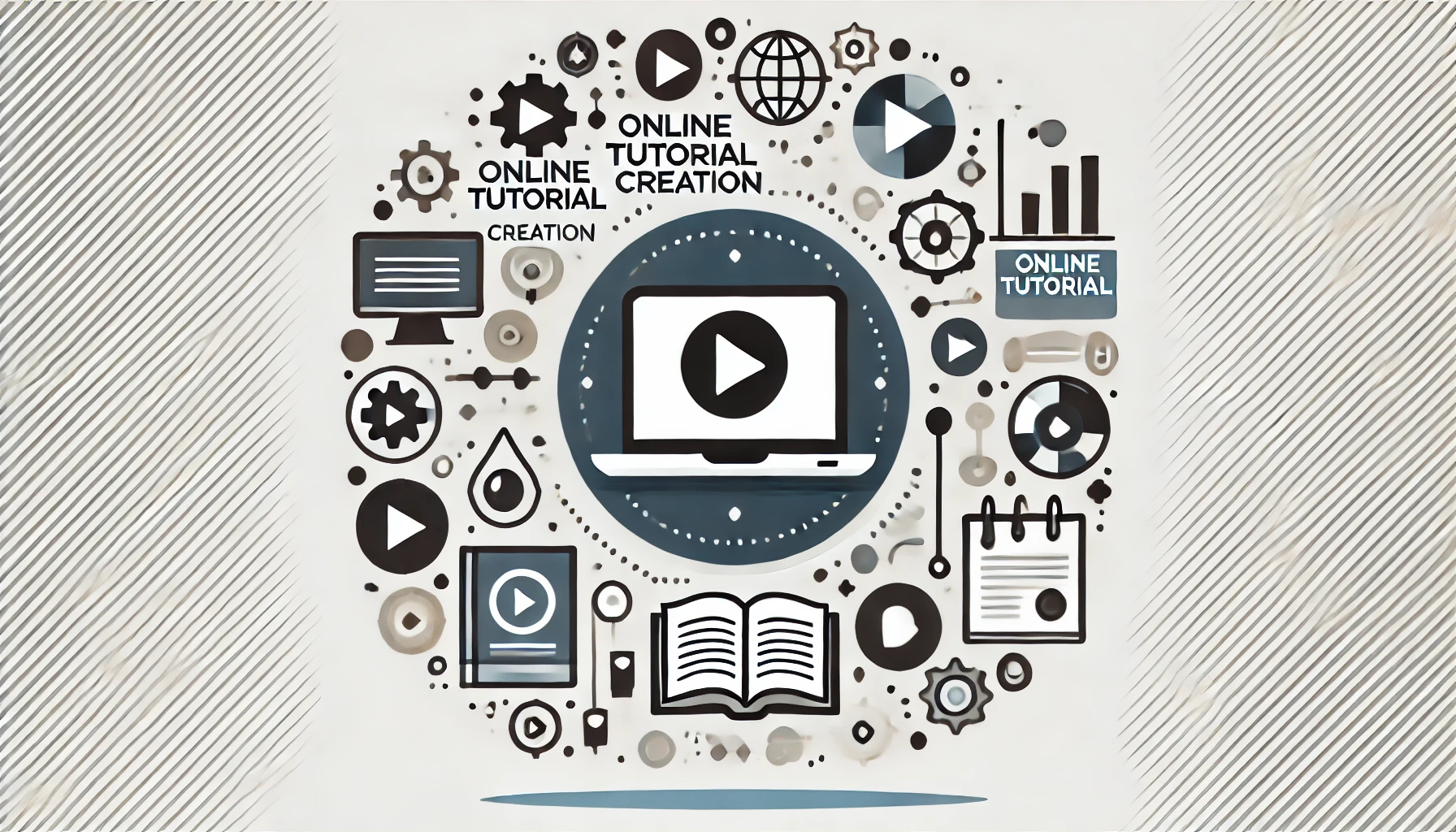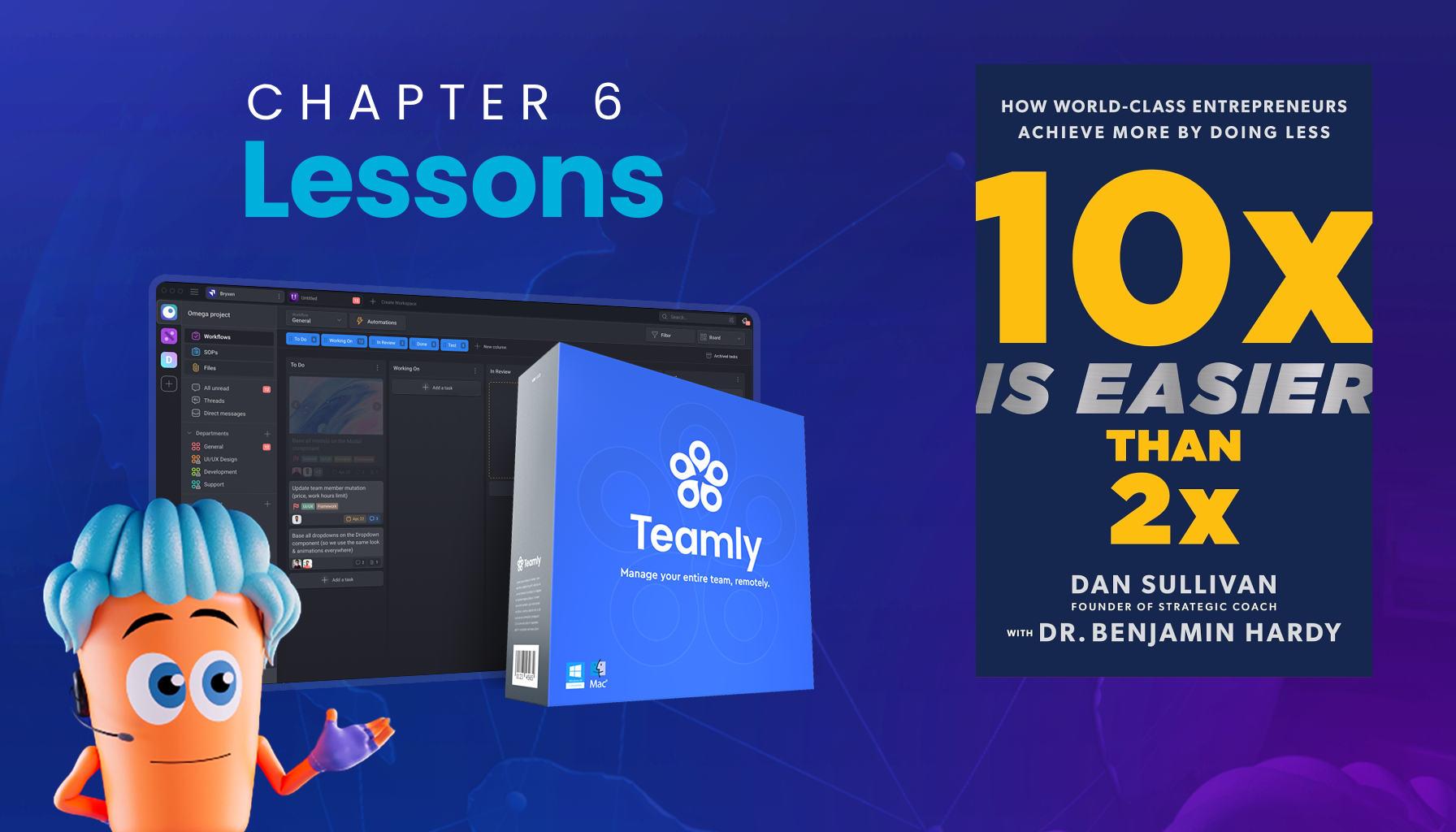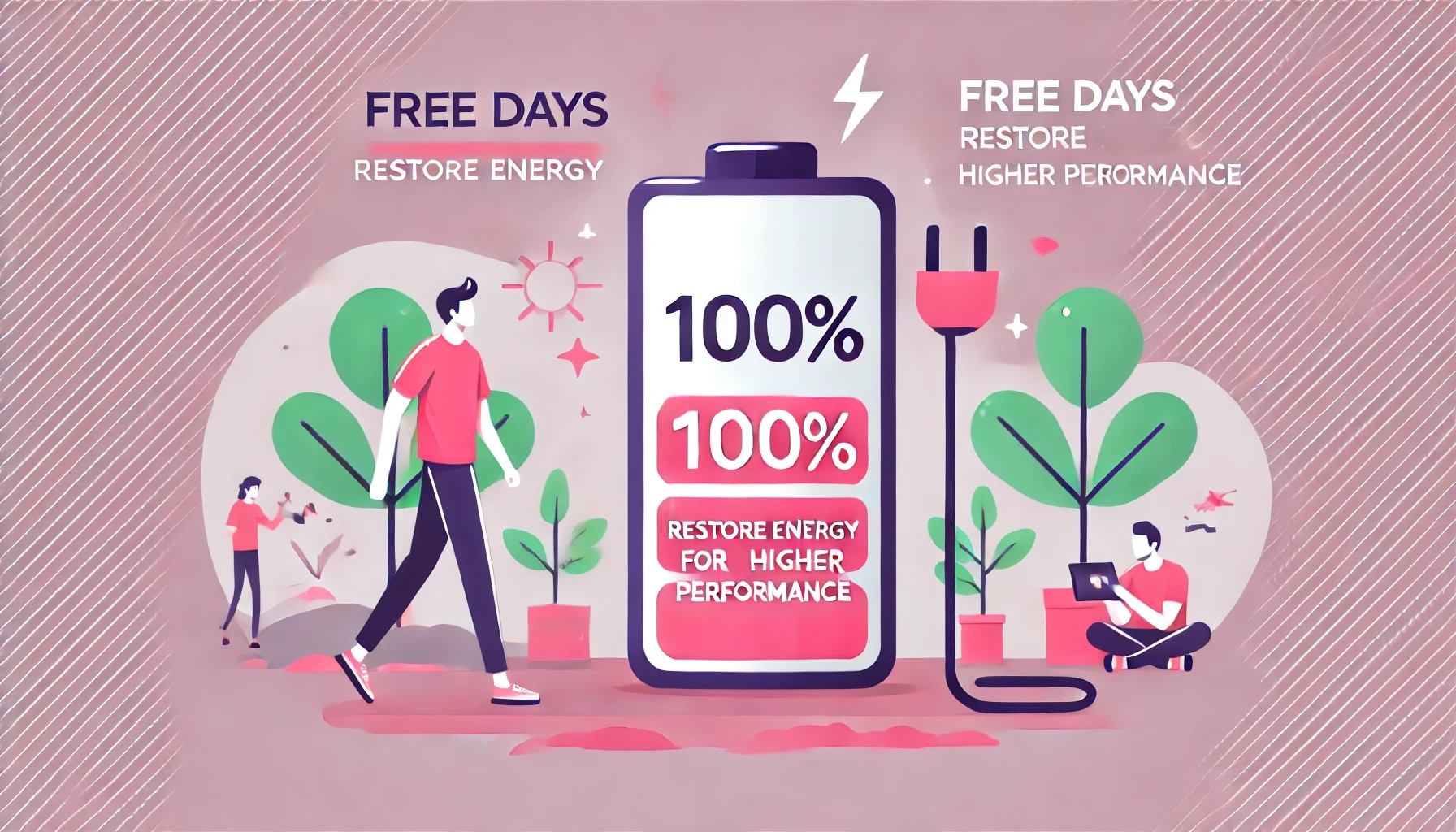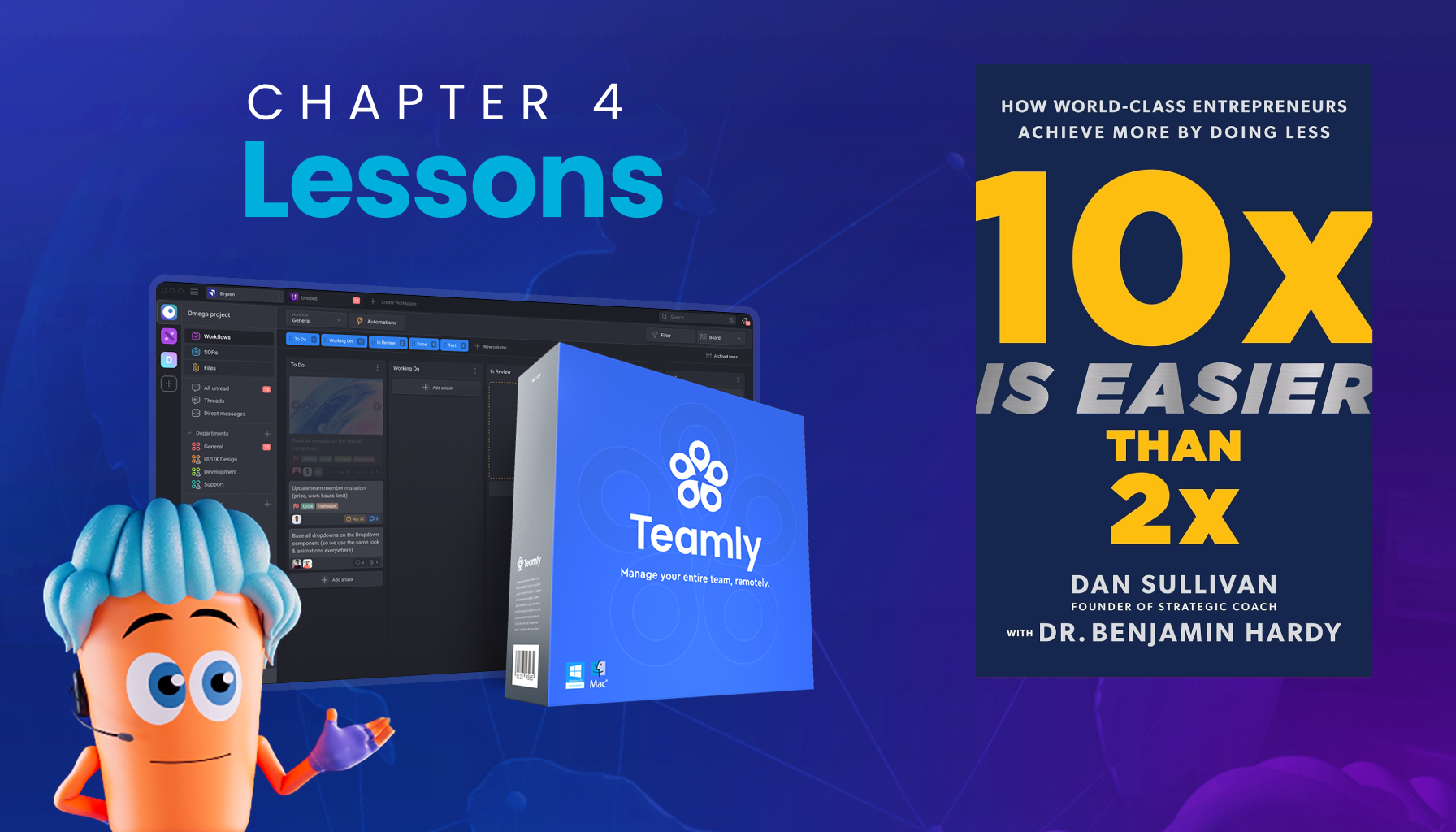You might think creating an online tutorial is all about the technical side—recording software, editing tools, or maybe eye-catching visuals.
But the psychology of learning plays an even more significant role in making tutorials that resonate deeply and truly stick in the minds of your audience.
When you understand the cognitive principles that shape how people learn online, you gain the superpower of designing content that not only grabs attention but also holds it for the long haul.
This post explores why certain tutorials spark genuine “aha!” moments and how you can replicate that magic.
By tapping into proven research on active learning, chunking, and retrieval practice, you can transform an otherwise dry “instructional video” or “step-by-step guide” into an engaging, educational experience.
It’s the difference between viewers quitting halfway through a video and them finishing excited to put their newfound knowledge into action.

Why the Psychology of Online Learning Matters
Plenty of content creators focus on the “how” of making tutorials—how to record a screen, how to structure slides, or how to improve audio. But there’s often less emphasis on the “why” of it all.
Why does someone’s brain latch onto certain tutorials while treating others like background noise?
When you dive into the cognitive underpinnings of learning, you discover that online tutorials are most effective when they leverage the way people naturally process, store, and retrieve information.
By aligning your tutorial structure with these mental processes, you help your audience not just learn but also remember.
For example, imagine you’re watching two tutorials on the same topic. One simply rattles off facts.
The other breaks information into digestible chunks, encourages you to solve mini-challenges along the way, and reminds you to revisit key concepts later.
That second tutorial taps into active learning, spaced repetition, and other proven techniques, ensuring the content stays with you. And that’s exactly what you want your tutorials to do—stick.
Core Cognitive Principles That Shape Effective Tutorials
1. Active Learning
Active learning makes your audience do more than just passively watch or read. It turns them into participants rather than spectators.
Examples of active learning in tutorials might include quizzes, practice exercises, or even quick moments to pause and reflect. This approach engages a learner’s brain by making them think, apply, or question what’s being taught.
Why does this matter? Because the more mental energy someone invests in your tutorial, the more committed they become to understanding and retaining the information.
A well-timed question—like, “How would you apply this concept in a real project?”—forces viewers to connect new information to their own experiences.
That mental “wiring” is powerful. It helps them forge stronger neural pathways, making the information more memorable.
If you’re guiding people on how to use Teamly software, for instance, don’t just demonstrate menu clicks.
Ask them to pause and think about how they’d organize their own project within the platform. That moment of reflection cements knowledge far more effectively than a simple, “Click here, then click there.”
![]()
2. Chunking
Ever felt overwhelmed by a giant wall of text or a long-winded video with no breaks? You’re experiencing the lack of chunking.
Chunking groups related information into smaller, cohesive segments. In an online tutorial, this could mean subdividing your lessons into mini-modules, each dealing with a specific concept or skill.
Your audience’s working memory can only handle so much at once. By chunking, you’re reducing cognitive load, which is a fancy way of saying you’re minimizing the mental fatigue your audience experiences.
Instead of struggling to keep track of everything at once, learners can tackle one concept, absorb it, and feel good about their progress before moving on.
Picture a tutorial on color theory for graphic design. Instead of a 30-minute monologue discussing the color wheel, color psychology, complementary schemes, triadic schemes, and so forth, break it down.
Handle the color wheel in one chunk. Then transition to color psychology in a separate chunk. When done well, chunking boosts comprehension and ensures people don’t drop off because their brains are overloaded.
3. Retrieval Practice
Retrieval practice is about bringing information back to mind after you’ve learned it.
The act of retrieving knowledge strengthens its place in the memory. For online tutorials, this means including built-in recalls—questions, short tests, or challenges—designed to make viewers recall key points.
Why not just show them the answers right away? Because the effort to remember is where the magic happens. Even if learners struggle or make mistakes during retrieval practice, that process ironically helps them remember better in the future.
One easy way to implement retrieval practice is to add a short quiz at the end of each tutorial segment.
Even simple questions like, “Name two benefits of active learning” can do wonders. Learners actively search their memory for the answer, and that mental exercise cements the concept.

4. Spaced Repetition
Spaced repetition is a close cousin of retrieval practice. It’s the strategy of revisiting material at increasingly spaced intervals.
Think of it like gardening: you water plants at the right frequency so they don’t dry out or drown. In learning, spacing out review sessions works similarly: it lets knowledge grow roots without overwhelming the learner.
Online tutorials often end the moment the final slides fade out or the last bullet point is covered. But that’s a missed opportunity.
If you’re doing a series, consider recapping past lessons briefly at the start of each new module. Remind viewers of the top points from your previous video. You can also embed practice questions that prompt them to pull out details from past segments.
Some creators send reminder emails to learners, encouraging them to revisit a topic after a few days. That gentle nudge helps your audience fill in any gaps. And because spaced repetition aligns with how your brain naturally remembers (by reinforcing neural pathways gradually), it’s one of the best ways to ensure long-term retention.
5. Feedback Loops
Feedback loops matter more than you think. Whether it’s direct feedback through quizzes and community discussions or indirect feedback through analytics and viewer comments, these loops close the learning cycle.
Learners need feedback to understand what they got right, where they went wrong, and how they can improve.
From a psychological standpoint, timely feedback solidifies correct answers and corrects misunderstandings before they snowball. Y
ou don’t want your learners confidently believing something incorrect, only to discover much later they’ve misunderstood the concept. Quick, clear feedback helps them recalibrate and stay motivated.
For your tutorials, think about offering a mini “check for understanding” at strategic points. If your content is asynchronous, encourage learners to share their progress in a discussion forum or comment section. When they see answers or get clarifications, it builds trust and engagement.
Practical Tips for Applying These Principles
Design Interactive Elements
Turn passive watchers into active doers wherever possible. Embed challenges, short quizzes, or reflection prompts. Even a quick poll or puzzle can spark the kind of mental engagement that fosters deeper understanding.
Segment Content with Clear Labels
Use headings, bullet points, and short paragraphs to create visual breaks. If you’re filming a video, outline your segments with on-screen titles that mark new sections. You can even provide timestamps or chapter markers so viewers can pause, reflect, and revisit specific parts as needed.

Encourage Learners to Recall
Push your audience to recall key concepts. After explaining an idea, pause. Give them a short moment to recall and mentally restate what they’ve just heard. You might say, “Take ten seconds to repeat the key points in your own words.” This brief pause nudges them toward active retrieval.
Drip Out Content Gradually
If you’re running a tutorial series, space out release dates and pair new content with a short recap of the last session. This tactic makes sure your audience doesn’t watch everything in a single binge, only to forget half of it later. The key is pacing that aligns with how humans learn best: in measured steps.
Offer Immediate and Ongoing Feedback
Feedback isn’t just about getting a pat on the back. It’s about guidance. If you have a platform that allows comments or community interaction, respond to learners’ questions quickly.
This two-way communication helps them feel supported and ensures they’re not walking away with faulty assumptions.
When possible, provide mini-assessments or checklists that detail next steps. If a user has completed a basic tutorial on how to edit videos, for instance, point them to a more advanced course where they can refine transitions or animations. This approach builds momentum and confidence.
Beyond the Basics: Applying Psychology for Maximum Impact
Online tutorials thrive when you seamlessly weave cognitive research into the learner’s journey.
But there are extra nuances that take your tutorial from good to exceptional. One way is to incorporate multisensory elements—visuals, short demonstrations, or even background audio cues that highlight important moments.
When the brain receives information through multiple channels, it can form richer memories.
Another underutilized approach is storytelling. Don’t just present facts—wrap them in stories or real-world anecdotes.
If you’re teaching about photography composition, you might tell a quick story of a time you or someone else captured an unexpected moment that illustrated the rule of thirds perfectly.
Storytelling activates emotional centers in the brain, making the lesson more memorable.
Finally, consider including collaborative or social aspects. Yes, people can learn alone, but social learning theory suggests we gain a deeper understanding when we discuss or demonstrate new skills within a group.
Encourage group projects, peer reviews, or community forums. That sense of shared learning amplifies motivation and accountability.

Common Missteps to Avoid
A few common pitfalls can undermine even the most thoughtfully designed tutorial. One is overloading your learner with too many steps, too quickly.
Another is failing to engage the learner at all, delivering a monologue without pausing for interaction. And of course, skipping feedback opportunities is a sure way to lose audience interest.
Additionally, avoid ignoring production quality. A scratchy microphone, disorganized slides, or confusing navigation disrupts the learning flow and can break immersion.
Give your tutorial a professional touch, both aesthetically and structurally.
Finally, make sure to review your own content from a learner’s perspective.
Ask: “Would I be able to follow these steps? Are there clear milestones? Do I feel motivated to keep going?” If any answer is “not quite,” then you know what to refine.
Where to Go from Here
The beauty of leveraging psychology in your online tutorials is that each principle—active learning, chunking, retrieval practice, spaced repetition, and feedback loops—feeds into the others.
Think of them like puzzle pieces that fit together to form a robust, learner-centric approach.
As you plan your next tutorial, start by chunking your material into segments, then look for opportunities to make those segments interactive.
Sprinkle in retrieval practice, space your lessons out to encourage repetition, and wrap everything in timely feedback. Once learners see how much they’re actually retaining, they’ll be more invested in coming back for more.
Ultimately, a psychologically sound tutorial is one that prioritizes the learner’s perspective every step of the way. That includes designing with short attention spans and real-world application in mind.
It means letting your audience take an active role and ensuring they get guidance when they stumble. It also means inviting them to reflect, recall, and integrate the knowledge into their day-to-day lives.
By paying close attention to these cognitive details, you boost not only the educational impact of your tutorials but also their reputation. Word spreads about well-crafted, engaging tutorials that consistently deliver results. And that’s exactly the legacy you want for your content.
Learning doesn’t have to be a dull chore—particularly when you’re armed with the psychological insights that make it unforgettable. Embrace these principles, and watch as your online tutorials stick with your audience, propelling them forward in their quest for knowledge.
